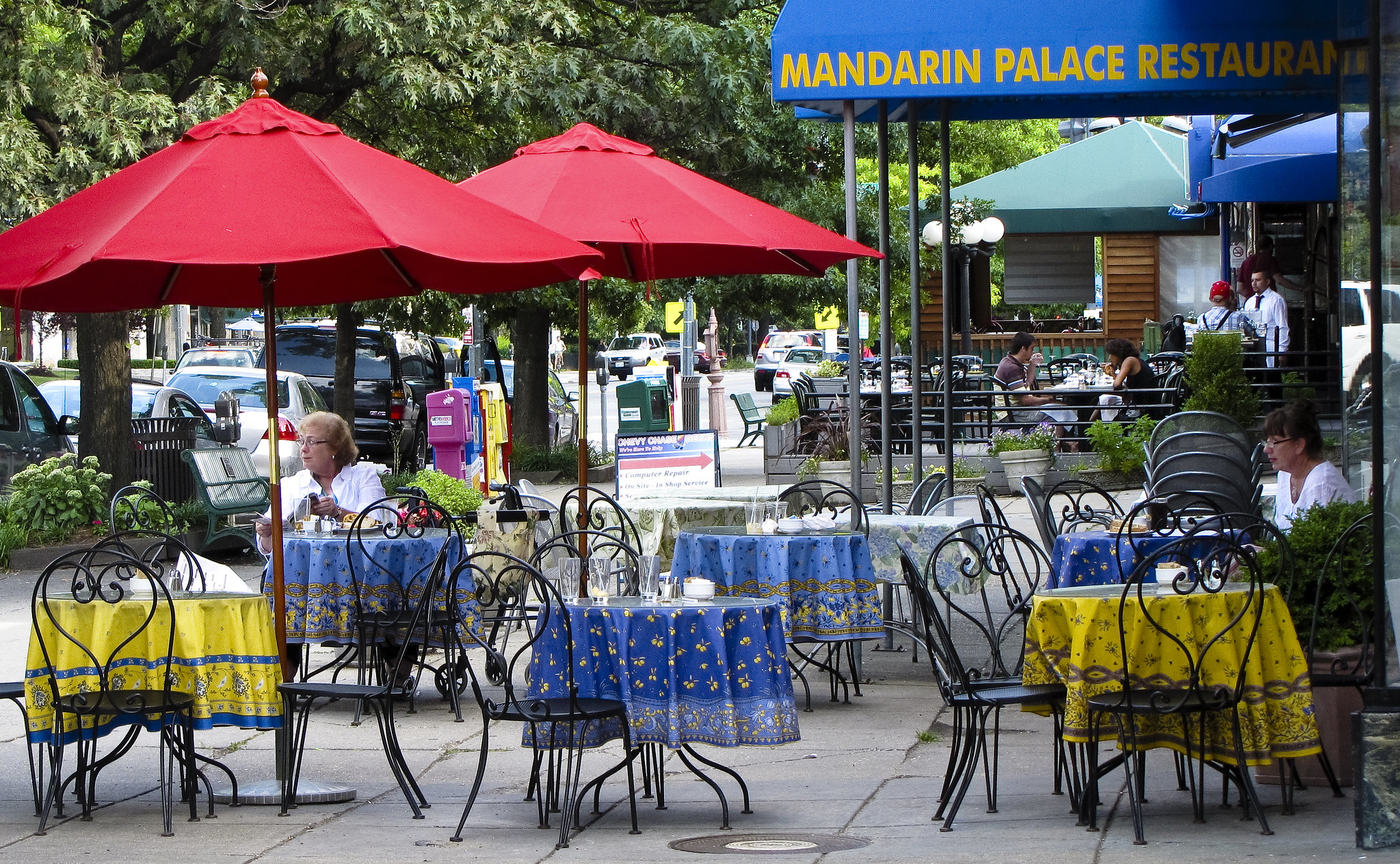More than 1,300 restaurants have self-certified to open to outdoor dining on May 20 when Gov. Ned Lamont is rolling back the closure of restaurants to the public that have left those businesses struggling and kept restaurant workers at home.
Restaurants are required to self-certify with the Department of Economic and Community Development in order to offer outdoor dining.
That’s roughly 17 percent of restaurants in the state as of 2017, according to figures listed by the Connecticut Restaurant Association
Although restaurants had the ability to remain open for take-out during the COVID-19 lock-down, the partial reopening comes with a variety of precautionary restrictions.
This is about survival. It’s not a business plan or a business model, it’s just about surviving.
Scott Dolch, President of the Connecticut Restaurant Association
Eating establishments are limited to outdoor dining only, are required to post cautionary signs, must supply personal protection equipment for staff and are limited as to the number of customers that can be seated at outdoor tables to maintain social distancing.
Although the partial reopening is a breath of relief for some restaurant owners – and a welcome reprieve for the isolation-weary public – challenges remain for restaurants until restrictions are loosened over the next reopening phases.
Tommy Hyde, director of government affairs and special projects for the DECD, said if restaurants did not have the proper personal protection equipment for their staff they should not attempt to start outdoor dining services.
“Obviously, restaurants have been allowed to stay open this entire time and some aren’t going to be ready to open tomorrow and might want to wait a week or two to see how it goes and learn some additional best practices,” Hyde said during an online panel focused on the financial and operational considerations of restaurant reopening.
“There are some restaurants out there that just won’t be able to offer this outdoor service,” Hyde said, noting that municipalities are trying to work with restaurants to give them the space to offer outdoor sitting. “Geographically, for some restaurants it’s not going to make a whole lot of sense for them to open at this time.”
Restaurant consultant and panelist Mark Moeller said even with the ability to serve customers outside, restaurants will face financial challenges and have to plan accordingly.
“This business is not geared to operate on 50 percent capacity, it’s just not, you can’t break even. That number is closer to 70 percent or higher,” Moeller said, noting restaurant owners will have to find the best ways to operate as efficiently as possible.
Moeller said some of his clients have limited outdoor capacity and are working with municipalities and health departments to try to expand, including using portions of their parking lots.
This business is not geared to operate on 50 percent capacity. It’s just not. You can’t break even. That number is closer to 70 percent or higher.
Mark Moeller, Restaurant Consultant
Moeller said that municipal officials, health departments and landlords have largely been “very accommodating.”
“The expansion of the outdoor dining has been a challenge because there’s just not a lot of seating out there. When you’re taking over and perching on someone else’s territory, it gets tough to negotiate,” Moeller said.
There also remains a legal concern regarding transmission of the COVID virus that could leave restaurant owners facing liabilities if a customer becomes infected.
“You can’t have a misstep in COVID,” Moeller said. “God forbid there was an issue with someone contracting COVID and it gets traced back. You’re just not going to recover from it.”
Scott Dolch, president of the Connecticut Restaurant Association, says that according to their surveys “less than 25 percent” of restaurants will be able to partially reopen with outdoor dining.
“For some owners it just doesn’t make financial sense. They could only have twelve seats outside but have ninety seats available inside so bringing back staff and resuming operations just wouldn’t make sense for them,” Dolch said. “This is about survival, it’s not a business plan or a business model, it’s just about surviving.”
Dolch said he commends Gov. Ned Lamont on moving forward with allowing restaurants to offer outdoor seating, noting that there are months ahead that are suitable for outdoor seating but says indoor dining “is still very important to us.”
“I’m optimistic and excited for those restaurants that can open to outdoor dining,” Dolch said.
The closure of restaurants to the general public has been one of the most visible and economically impactful consequences of the COVID-19 pandemic.
Restaurants – part of Connecticut’s “hospitality and leisure sector” — account for $7.5 billion of Connecticut’s gross domestic product and employ more than 150,000 people, according to the CT Restaurant Association.
Gov. Ned Lamont said at a press conference in late April that the hospitality sector had accounted for 150,000 unemployment claims.
Connecticut currently has 504,000 unemployment claims, according to the Connecticut Department of Labor.

